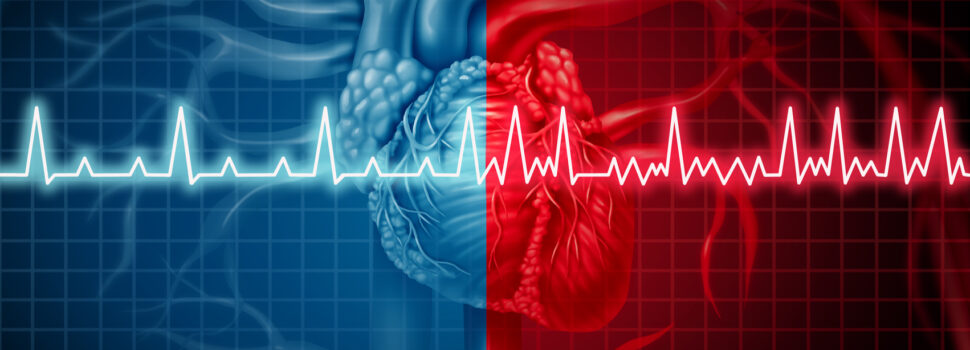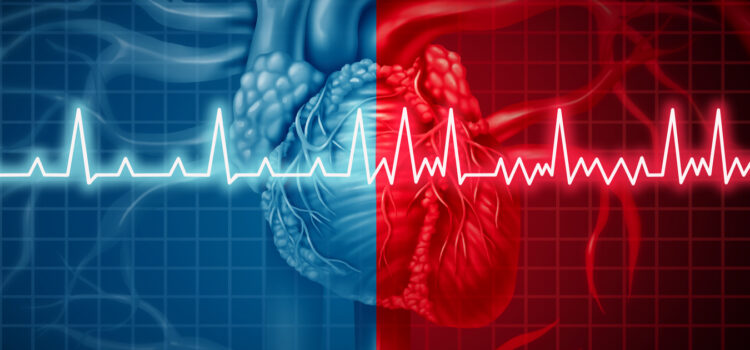

Atrial Fibrillation and Strokes: What you Need to Know
HealthHow ToMedicalxPick September 20, 2020 Kristian Wilson

The heart is one of the most important organs in the body. The beating heart keeps the body going. The upper chambers of the heart are called the atria and the two lower chambers of the heart are called the ventricles. When they operate at the same time this will allow for the heart to pump efficiently. The beat of the heart is controlled by an electrical impulse that begins in the SA node which is direct to the right of the atrium. Normally they can adjust to the heart rate based on physical activity of when the body is at rest. When there are problems with this connection and the SA nodes are not working properly a person can be at serious health risk. Atrial Fibrillation also is known as AF or AFib is an issue that affects the heart and the way the current work.
What is Atrial Fibrillation?
This condition is where a person will have an irregular heart rhythm that begins with the atria. The SA node may have a different impulse and it may fire quickly which will lead to a fast and unsteady rhythm in the atria. The atria will not be able to squeeze and it will not be able to get into the ventricle. The impulses will not have a chance to travel into the ventricles and when they do they will be disorganized. A person can experience a heartbeat between 300 and 600 beats per minute.
When the arteries that carry the blood from the heart to the brain, the brain will not be able to get the proper amount of oxygen. This is often due to a blood clot. If the nerve cells in the brain do not get the oxygen they die. Dead brain cells cannot be restored. This will lead to a stroke. When the heart is working too hard, when it is weakened, or even it becomes enlarged the blood forms a pool in the atria. If a person has atrial fibrillation the blood will not be able to empty of the chamber in the heart and a clot will form in the atria. There are cases when the blood clot will break loose in the heart. It can then be transported to the arteries that go to the brain. This will then block off the blood flow and the oxygen from reaching the brain. This can cause a stroke. The longer that the artery is blocked the more nerve cells will die.
Atrial Fibrillation and Stroke
Each year there are 700,000 people in the United States alone that experience a stroke. Around 500,000 of these cases are first attacks. Atrial Fibrillation makes up around 20 percent of all stroke cases and a person with this condition is five times more likely to experience a stroke. Around 35 percent of people that have been diagnosed with atrial fibrillation will have a stroke during their life. As a person ages the risk for a stroke ill increase especially for those over the age of 55.
High Blood Pressure and a Stroke
People with high blood pressure or hypertension and more likely to have a stroke. If the blood pressure is high the arteries leading to the brain have become weakened.
High blood pressure can put a person at risk for a stroke in two ways. High blood pressure can lead to a clot in the arteries leading to the brain and a person will have a stroke. They will have an ischemic stroke. If the blood clot burst or one of the blood vessels leading to the brain a person will have a hemorrhagic stroke. The brain will not get oxygen and the cells will begin to die.
Prevention
There are some things that a person can do to reduce the risk of having a stroke. They need to take measures to keep their blood pressure at a stable level. Blood pressure levels should be less than 120/80. To lower blood pressure a person needs to carefully monitor their intake of salts of fats as this can cause the blood pressure to increase. A person should also try to get at least 30 minutes of exercise a day to keep the body in shape. Cigarette smoking can lead to a stroke so a person should quit if they are a smoker. If a person has diabetes they need to take measures to control their blood sugar levels. People that are overweight tend to have health issues that will raise their blood pressure. A person should aim for a box mass index of 25 or less. They should also limit their calorie intake and get more exercise to get down to a healthy weight. Over time high blood sugar levels can damage the blood vessels and lead to a clot. A person should also see their doctor regularly and be checked for atrial fibrillation. The doctor may recommend a blood thinner such as Coumadin to help with this condition.
Medications
If a person does have atrial fibrillation there are some medications that the doctor can prescribe to help control their heart rate. These medications can help restore the heartrate to a close to the normal level. A person can also take a rhythm control medication which will help the heart go back to the nature beating rhythm in the body. There are also anticoagulant medications that can be prescribed. These will help control the thickness of the blood and prevent clotting. This will reduce the chance a person has for a stroke.
A stroke leads to a person being paralyzed or it may even lead to their death. If a person has a condition such as atrial fibrillation they should see their doctor. There are some lifestyle changes that can be made and some medication that can help reduce the chance of having a stroke. A person needs to take the steps to manage this condition and help restore the heart rate to its normal functioning and rhythm.










